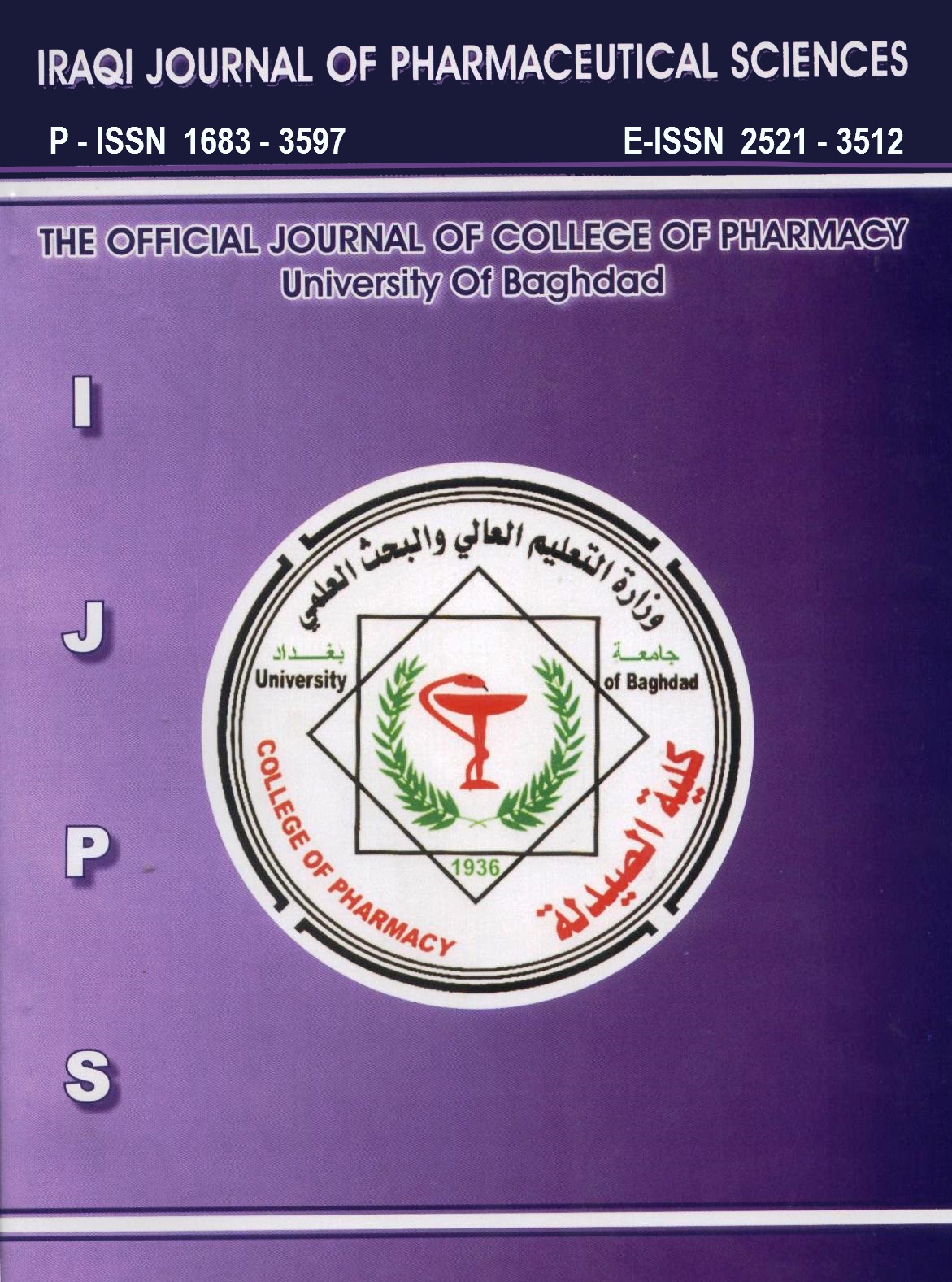Phytochemical and Pharmacological Effect of Phoenix dactylifera L. (Ajwa date) Seeds on Imiquimod-Induced Psoriasis Like Inflammation in Mice
DOI:
https://doi.org/10.31351/vol34iss1pp230-245Keywords:
Phoenix dactylifera seed,, psoriasis,, phytosterols,Abstract
Abstract
Bioactive compounds present in date palm seeds that comprise varied secondary metabolites include phenolic acids, flavonoids and non-polar phytosterols with their different quantity were investigated in the current study as natural sources in determining the pharmacology effects of these bioactive compounds. The qualification and quantification of these bioactive compounds in date palm seeds had been done to be employed in an animal model for psoriasis. The extraction and fractionation is done for Phoenix dactylifera L as using two important fractions. The phenolic/flavonoid and phytosterols fractions. Thirty albino mice were divided into 5 Groups including Group I healthy mice; Group II the psoriasis induction group with 5% imiquimod cream; Group III the psoriasis induction mice treated with the clobetasol 0.05% ointment; Group IV and V represent psoriasis induction mice treated with Phoenix dactylifera L phenolic/flavonoid fraction 4% ointment and phytosterols fraction 4% ointment respectivly. The treatments groups were applied once daily for five days. The seeds phytochemical screening showed Tannins, Polyphenols, Flavonoids, and Glycosides are present in the extract. Vanillic acid, Ellagic acid, Gallic acid, and others are detected as phenolic compounds. Rutin and Quercetin are detected as flavonoids in the ethanolic fraction, while β- Sitosterol and Stigmasterol detected as a phytosterols in the n-hexane fraction. The pharmacology effects showed that the IHC of IL-17, TGF-beta, and EGF are significantly decreased with phenolic/flavonoid when compared to psoriasis induced group. For phytosterols fraction treated group, the Munro abscess, parakeratosis, and dermis lymphocytic infiltrate are significantly decreased with other changes compared to psoriasis induced group. Different bioactive compounds in Phoenix dactylifera L suggest a synergistic effect of these components may indicate a benefit in the future therapy of psoriasis or other disease.
How to Cite
Publication Dates
Received
Revised
Accepted
Published Online First
Downloads
Published
Issue
Section
License
Copyright (c) 2025 Iraqi Journal of Pharmaceutical Sciences

This work is licensed under a Creative Commons Attribution 4.0 International License.








